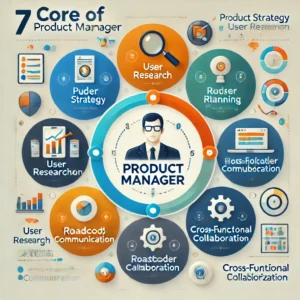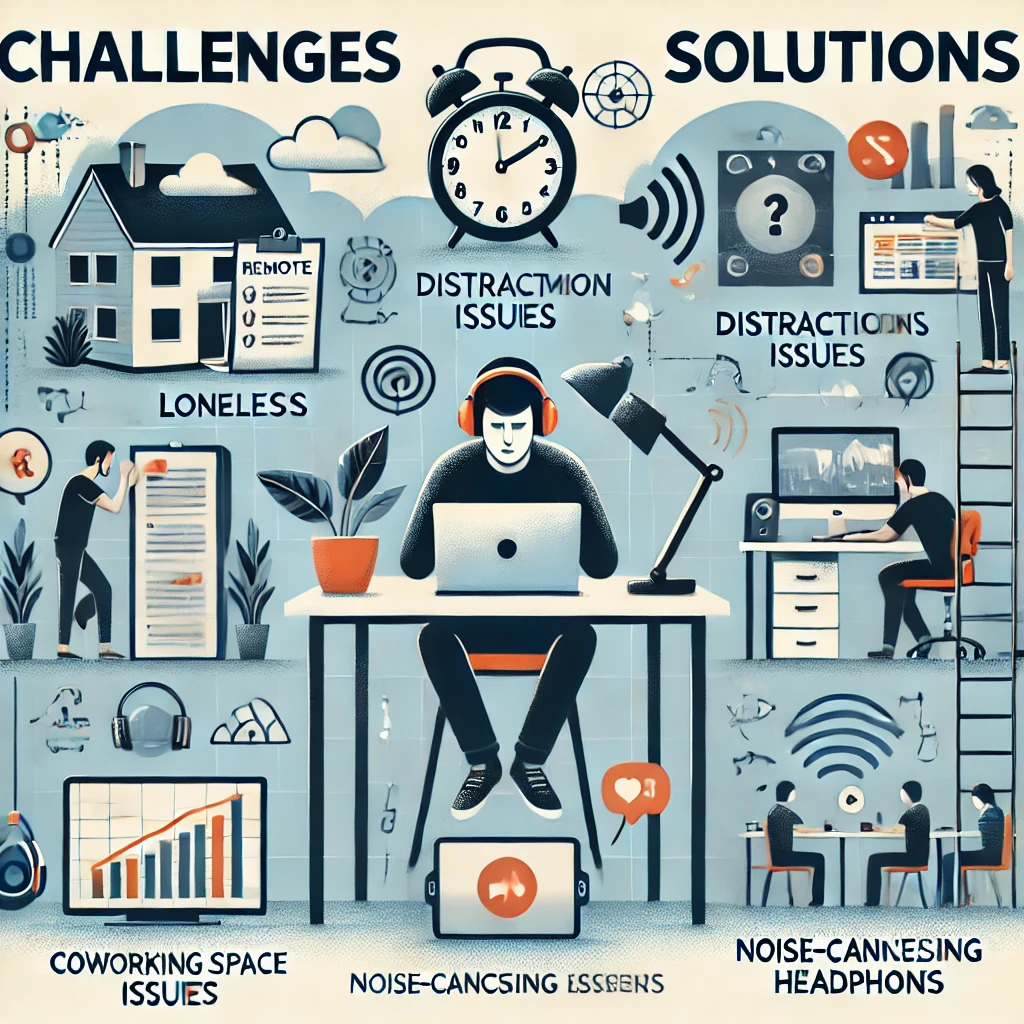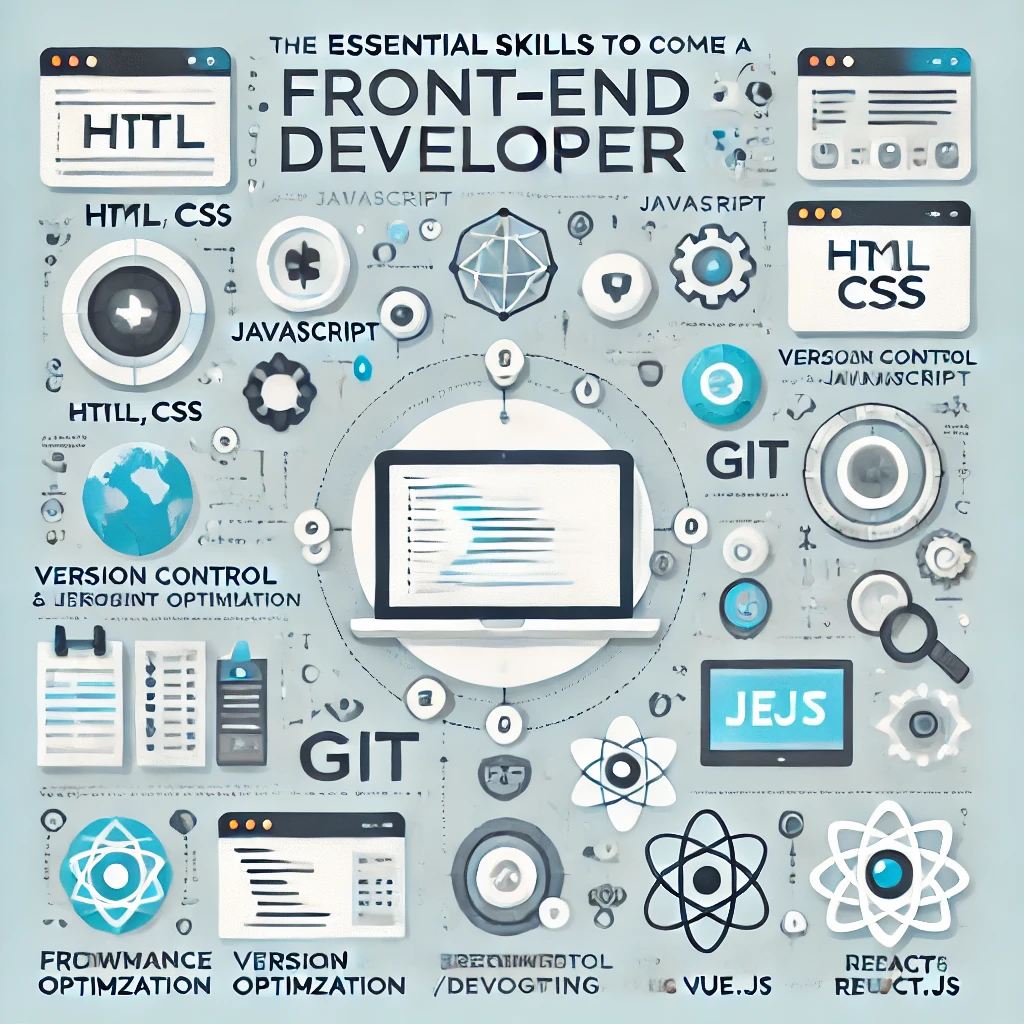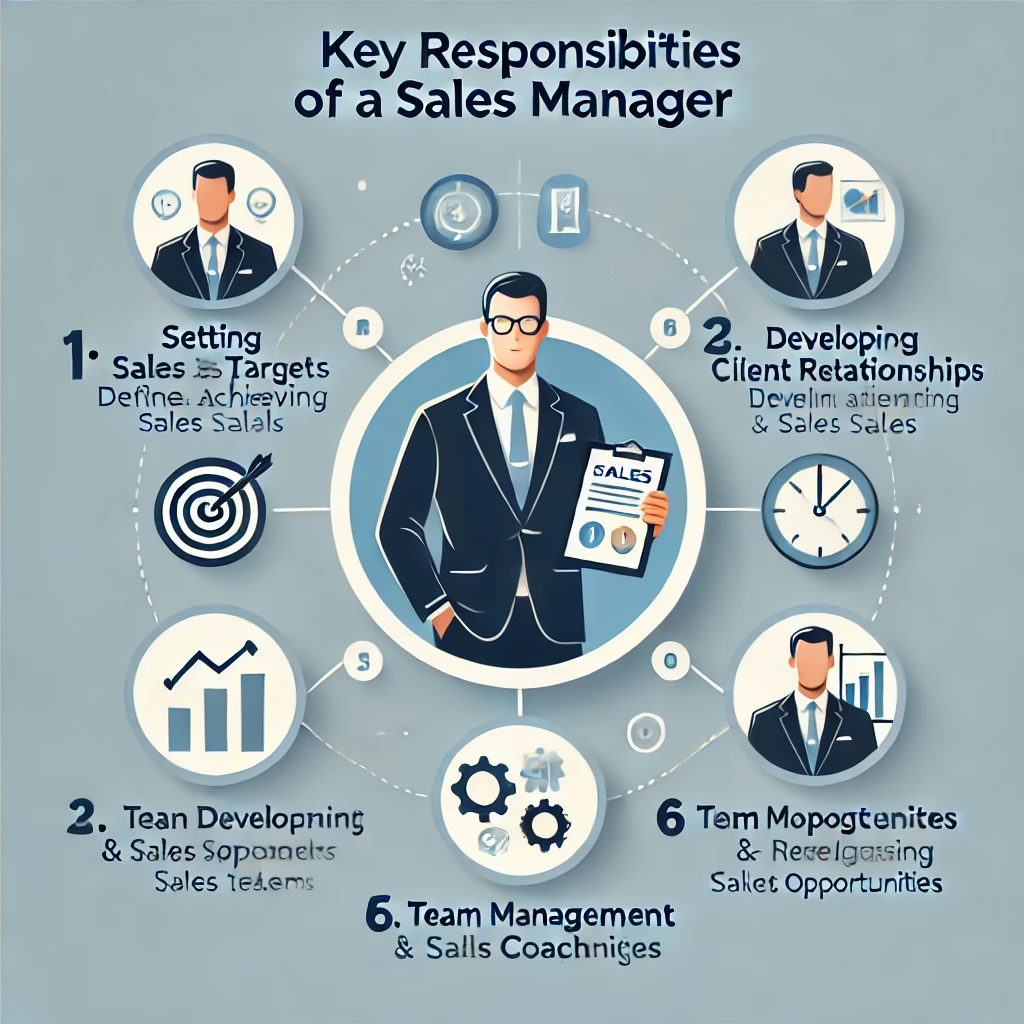Think about the apps you use daily, the tools that simplify your work, or the gadgets that improve your productivity. Behind every successful product is a skilled product manager who brings the idea to life. Product managers are the unsung heroes of the business world. They combine vision, strategy, and execution to create products that people love.
7 Core Responsibilities of a Product Manager
A product manager (PM) is a professional responsible for a product’s success from start to finish. They are the central figure who collaborates with engineering, design, marketing, and sales teams to ensure the product aligns with customer needs and business goals. Learning how to become a product manager means understanding what it takes to own the product lifecycle. From ideation to launch, and even post-launch improvements, the PM ensures the product meets market demands and achieves its objectives.
Why Product Management Is a High-Demand.
Product management has quickly become one of the most in-demand career paths in recent years. Here are the key reasons why:
1. Increased Focus on Innovation: As companies compete in crowded markets, the need for innovative and user-friendly products has skyrocketed. Product managers lead these innovation efforts.
2. Cross-Industry Demand: Product management is not limited to tech companies. Industries like healthcare, finance, retail, and even entertainment are hiring product managers to lead their growth.
3. High Impact Role: A successful product manager directly influences a company’s revenue, brand reputation, and market share, making the role both challenging and rewarding.
4. Career Growth Opportunities: Learning to become a product manager opens doors to senior roles like Director of Product Management, VP of Product, or even Chief Product Officer (CPO).
5. Competitive Salaries: With high demand comes competitive pay. Product managers enjoy lucrative salaries, making it an attractive career choice for professionals worldwide.
Steps on How to Become a Product Manager.
Becoming a product manager may seem challenging, but with the right approach, you can set yourself up for success. Here’s a step-by-step guide to help you start your journey in simple and actionable steps:
1. Understand the Role.
It is important to fully understand what product management entails. Research the responsibilities, challenges, and expectations of the role to ensure it aligns with your career goals.
2. Educational Background.
While there’s no single path to becoming a product manager, many PMs come from backgrounds in business, marketing, engineering, or design. Some helpful degrees include:
- Business Administration.
- Computer Science.
- Marketing or Communications.
Earning a certification in product management, such as those offered by Pragmatic Institute, General Assembly, or Coursera, can also boost your credibility.
3. Develop Key Skills.
A successful product manager needs a diverse skill set, including
- Leadership: To inspire and guide teams.
- Communication: To articulate ideas clearly to stakeholders.
- Analytical Thinking: To interpret data and make informed decisions.
- Customer Empathy: To understand and prioritize user needs.
- Time Management: To meet deadlines and manage multiple priorities.
4. Gain Experience.
Start by working in roles that overlap with product management, such as:
- Project management.
- Business analysis.
- UX/UI design.
- Marketing strategy.
You can also volunteer for product-related projects within your current role to build experience.
5. Network with Industry Professionals.
Networking is key to landing a product management role. Attend industry events, join online communities, and connect with experienced PMs on LinkedIn to gain insights and opportunities.
6. Build a Portfolio.
Create a portfolio that highlights your product-related achievements. Showcase projects where you demonstrated leadership, solved problems or contributed to product success.
7. Apply for Entry-Level Product Roles.
Roles like Associate Product Manager (APM) or Product Analyst are great starting points. These roles allow you to learn the ropes while working under experienced PMs.
RELATED BLOG: How to Write a Good Resume
Core Responsibilities of a Product Manager.
To truly understand how to become a product manager, it’s important to break down their core responsibilities. Below, I’ve expanded each responsibility into clear and detailed explanations to give you a better sense of what a product manager does daily:
1. Defining the Product Vision.
The product manager’s first responsibility is to create a clear vision for the product. This means answering questions like:
- What problem will the product solve?
- Who is the target audience?
- How will this product benefit the customers and the company?
The product vision acts as a roadmap. It gives the entire team a sense of direction and ensures everyone is working toward the same goal. For example, if a company wants to build a new budgeting app, the product manager would define what features the app should have and how it will stand out in the market.
2. Conducting Market Research.
Product managers spend a lot of time studying the market. This involves gathering data on:
- Customer needs and pain points.
- Competitor products and their strengths/weaknesses.
- Industry trends and emerging technologies.
Market research helps product managers identify what customers want and ensures the product aligns with real-world demands. For example, before launching a new feature, a PM might interview users, run surveys, or analyze reviews to pinpoint what needs to be improved.
3. Collaborating with Cross-Functional Teams.
A product manager doesn’t work alone. They act as the glue that holds multiple teams together, including
- Engineering: To ensure the technical development of the product aligns with the vision.
- Design: To create user-friendly and visually appealing interfaces.
- Marketing: To position the product in the market and attract customers.
- Sales: To align product features with customer needs and ensure the sales team is equipped to sell the product.
For example, if a PM is building a food delivery app, they might work with designers to make the app easy to navigate, engineers to ensure fast performance, and marketing teams to promote it effectively.
4. Managing the Product Lifecycle.
The product lifecycle refers to the stages a product goes through, from the initial idea to development, launch, and eventual retirement. Product managers oversee each stage, ensuring the product stays on track. This involves:
- Planning: Outlining what the product will achieve and setting deadlines.
- Execution: Coordinating teams to ensure features are built and tested.
- Monitoring: Continuously tracking the product’s performance after launch.
- Improvement: Making updates or adding new features based on customer feedback.
For example, after launching a social media app, a product manager might discover that users want a dark mode feature. It’s their responsibility to prioritize this request and plan its development.
5. Prioritizing Features.
Every product has limited time and resources, so a product manager must decide which features to focus on first. This process is called feature prioritization. PMs use customer feedback, business goals, and technical feasibility to determine what will bring the most value.
For example, let’s say a project management tool receives two requests: one for improved reporting features and another for a mobile app. A product manager might decide that the reporting feature is more urgent because it will directly impact how current users work.
6. Analyzing Product Performance.
Once a product or feature is live, the product manager monitors its performance to see if it’s meeting expectations. This involves analyzing data such as
- User engagement: Are customers using the product as expected?
- Feedback: Are there complaints or requests for improvements?
- Revenue: Is the product contributing to the company’s goals?
For example, if a fitness app adds a new workout feature, the PM might look at how many users are trying it, how long they are using it, and whether they leave positive reviews. If the feature is underperforming, they’ll work with the team to address the issues.
7. Acting as the Customer Advocate.
A key responsibility of a product manager is to think like the customer. They ensure the product is designed to solve real problems and provide a great user experience. This might involve:
- Listening to customer complaints.
- Reading reviews and suggestions.
- Testing the product themselves to ensure it’s intuitive and functional.
For example, if users of an e-commerce website are complaining about a difficult checkout process, the product manager would make simplifying this process a top priority.
RELATED BLOG: Step-by-Step Guide on How to Become a Graphics Designer
Skills and Qualities of a Successful Product Manager.
The role requires a combination of leadership, communication, analytical abilities, and creativity. Below, we’ll go through the most important skills and qualities in greater detail and explain how they contribute to success in product management.
1. Visionary Thinking.
A product manager needs to see the big picture. This means having the ability to envision what the product should achieve and how it will serve its users. They must define a clear and compelling product vision that aligns with the company’s goals and market needs.
2. Adaptability.
The world of product management is constantly changing. Market trends shift, customer demands change from time to time, and unexpected challenges arise during the development process. A successful product manager stays flexible and adapts to new situations.
3. Customer Empathy.
Understanding the customer is at the heart of product management. A great product manager prioritizes the needs, pain points, and desires of the end user. They must be able to “put themselves in the customer’s shoes” and advocate for their needs throughout the product development process.
4. Strong Communication Skills.
Communication is a cornerstone of product management. As a product manager, you act as the bridge between different teams, such as engineering, marketing, and design. To keep everyone aligned, you must communicate clearly and effectively.
5. Leadership and Collaboration.
Even though a product manager doesn’t typically manage people directly, they must lead teams in a way that inspires trust and drives results. This type of leadership involves influencing others without having formal authority.
Conclusion.
Your journey starts with a single step, whether it’s building new skills, gaining experience, or networking with industry professionals. By taking action today, you’re not just working toward a job; you’re positioning yourself as a leader capable of creating products that matter. So, embrace the challenge, stay curious, and let your vision guide you to success in product management.












